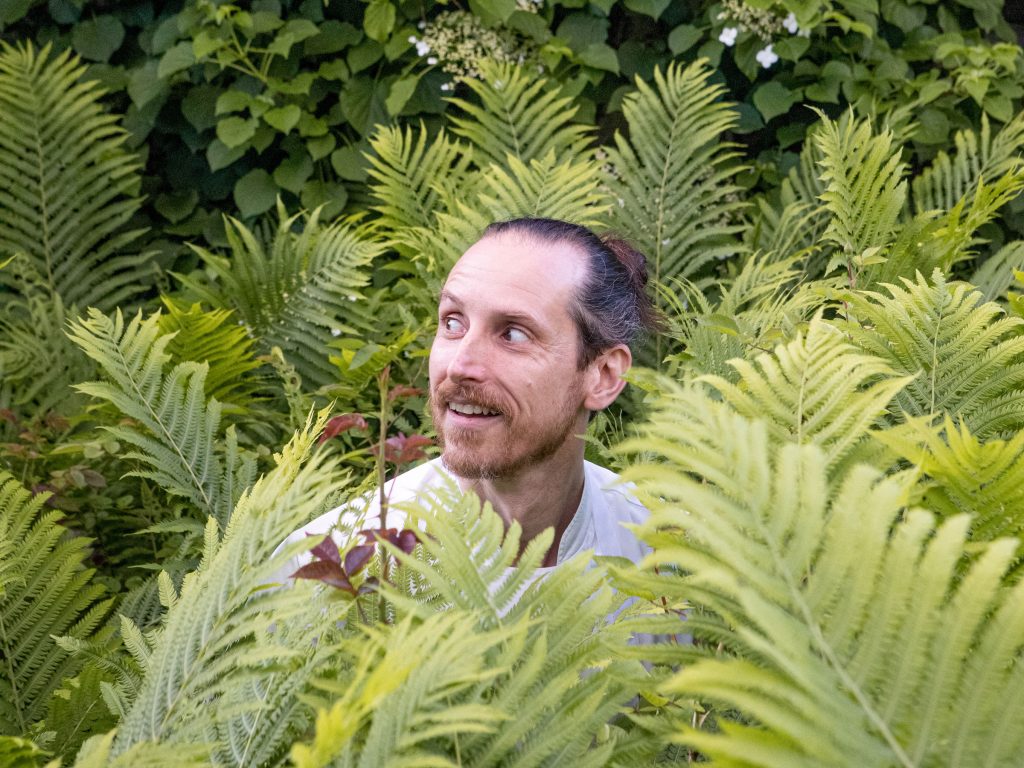Amenia, New York’s Design Hotel Troutbeck
From its historic manor and grounds to farm-to-table restaurant and more
With a facade that alludes to a 250-year-history, Troutbeck‘s stone and shingled Manor House greets visitors with coquettish grandeur. This centerpiece of the sprawling 45 acre estate embraces guests with warmth—tucking guest rooms around and above a delectable farm-to-table restaurant. A two-hour drive north of New York City (or an easy train ride), Troutbeck bears a rich and literature-laden past. It was once the home of poet Myron Benton, and the grounds have been traversed and adored by Burroughs, Emerson and Thoreau. But now it speaks to the desires of present-day travelers with its Champalimaud Design interiors and lavish amenities. One can easily see how such a place would inspire the authors of old and how it inspires those who arrive today. Positioned between the Hudson Valley and New England, it’s a picturesque portal to the region’s riches—and there’s a delicateness that so many will find beneficial if seeking a reprieve in the woods. There are 37 guest rooms and nine suites, and with everything from picnic lunches to games and puzzles, no guest leaves underserved.
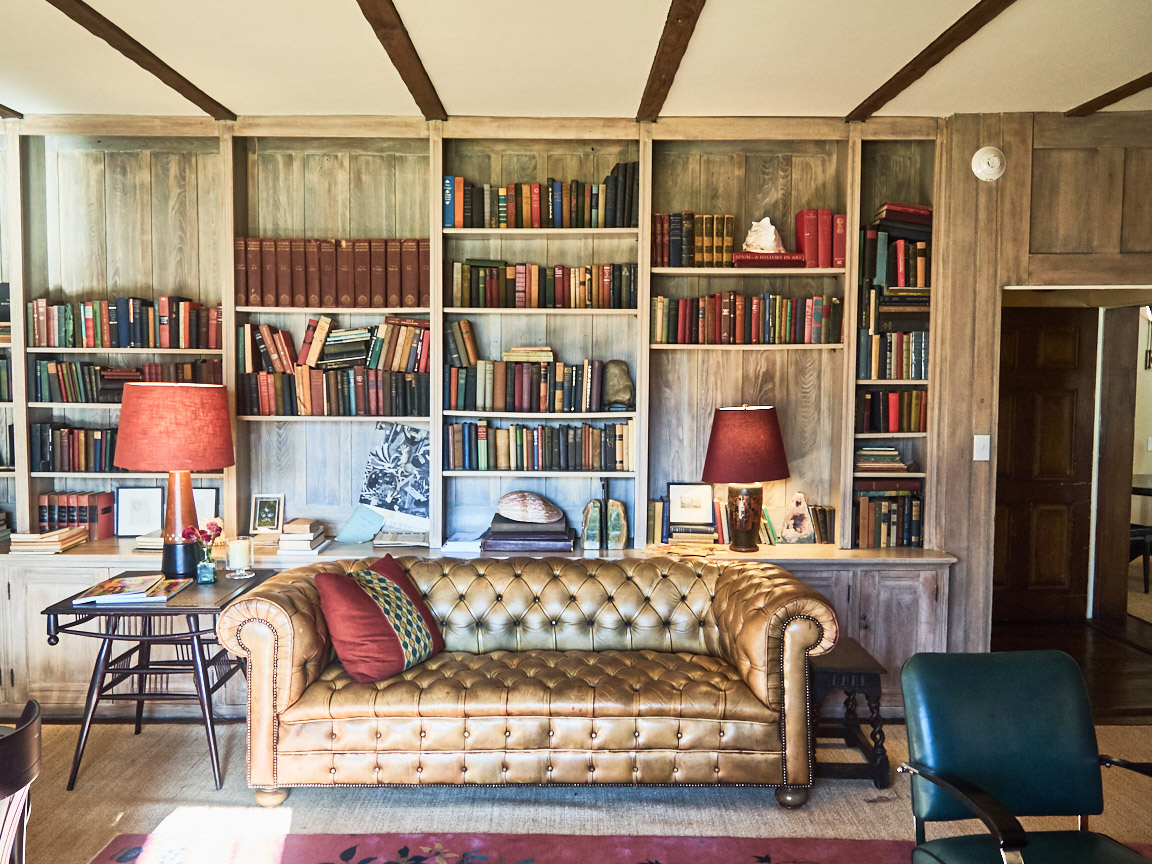
It took six years for hotelier Anthony Champalimaud to acquire Troutbeck, and at no point did his enthusiasm or commitment waver. “It was an overwhelming experience,” he explains to us about first setting eyes upon the property. “A little Grey Gardens to be honest. Tarnished, understated splendor. But the bones and the landscape were as hospitable as they had always been. And, without too much imagination, it was easy to see how much we could accomplish with Troutbeck. It was all there… just needed a polish,” he says. Much as with our experience, he refers to seeing Troutbeck as love at first sight, and fortunately it was a property that resonated with his wife as well.
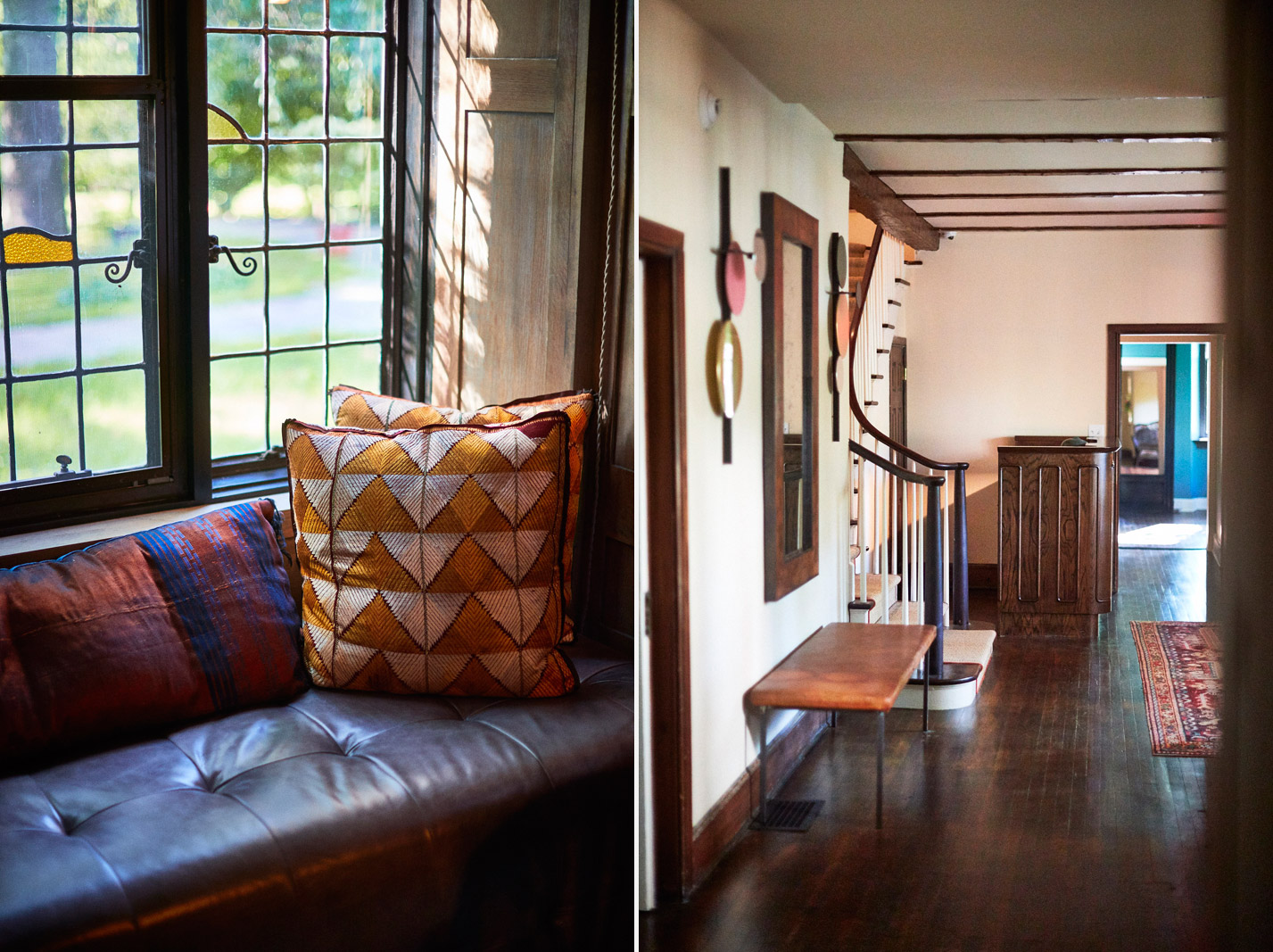
Perhaps the key to the property’s success lies in Anthony’s approach—and the way they chose to honor an illustrious history. “We’ve tried not to turn it into a hotel,” he continues. “We think of it as a proper house, with proper service, now in the hands of a younger generation who knows what’s good, knows what’s right, but don’t need it to sparkle to prove the point. We value relevance over reverence. That’s the first thing. The second, importantly, is recognizing that its history might too easily dictate the present. It’s a careful balance. We could have adorned the walls with memorabilia, hung portraits of heroic ghosts and sold tickets to a house museum.” Rather, they sought to demonstrate they could occupy such a place but steer it toward the future, with reverence of course.
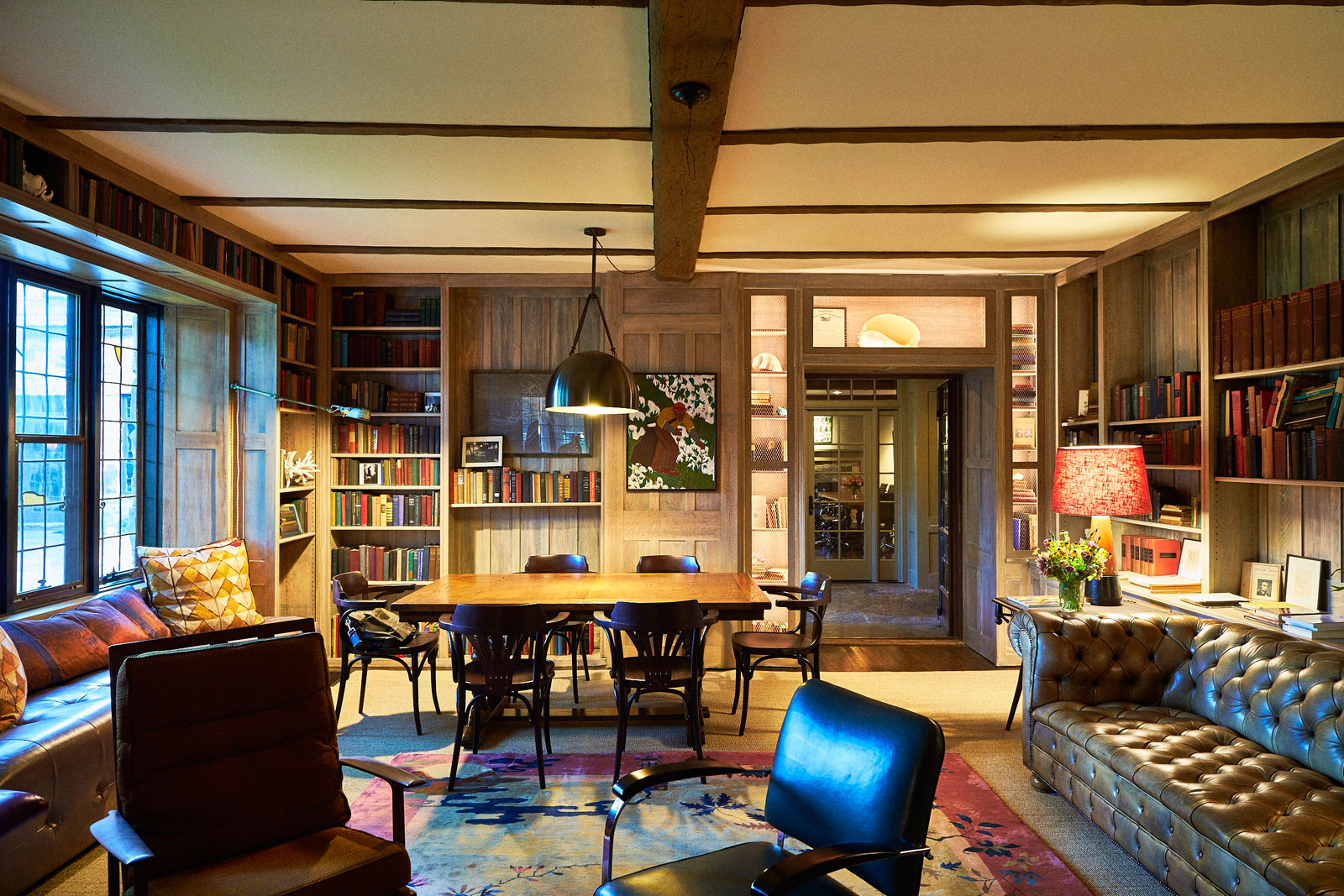
“We’re fortunate, Troutbeck’s history—and it’s unique to Troutbeck—has such integrity, continuity of purpose, and relevance. We respect it. We are only the fourth owners of this land since the mid-18th century,” says Anthony. “Over that entire history, it has always sustained a tradition of hospitality. That tradition—good beds, great food, extraordinary natural surroundings—is at the core of it all. We have writings from W.E.B DuBois, Lewis Mumford and John Burroughs, all, who speak amorously of the place and the hospitality they received as guests. So, in that way, it’s easy. It’s a hospitality story.”
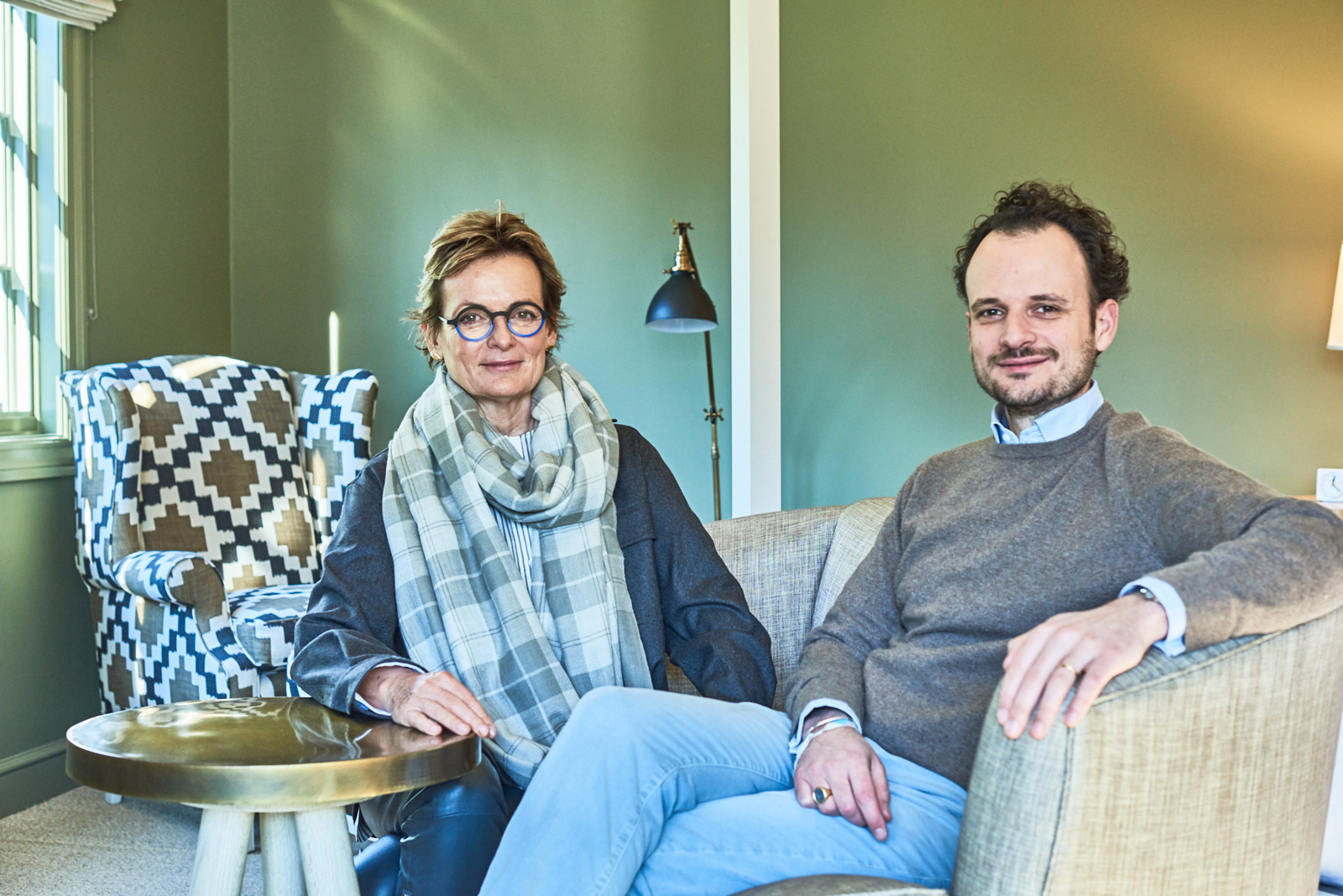
Anthony brought his mother, acclaimed interior designer Alexandra Champalimaud in for the design process. The collaborative process was seamless, as
he explains, “It helps a little bit that she had a strong hand in raising her client,” before noting that “she’s an inspiration and a force. An extraordinary entrepreneur who we—my older brother and I—watched build a global reputation over many years, beginning from scratch. No question, I would not be here without her or the people, experiences and craft she exposed me to. I’ve worked with her as an intern, an employee, as her Managing Director, Board Member and Client. We operate in short hand. It’s quick. There’s real and enduring trust. Sometimes we disagree with one another, but, trust prevails.”
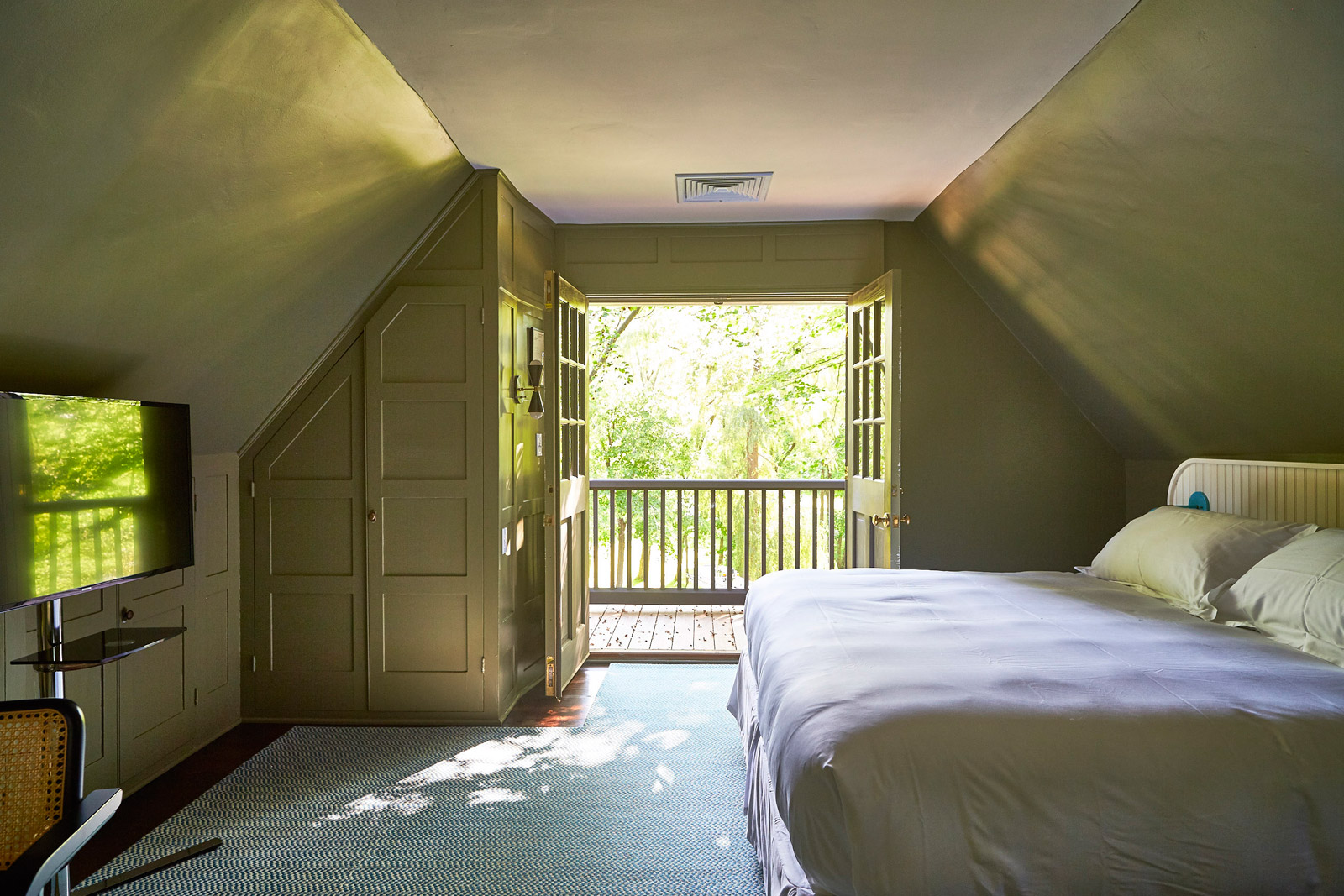
Alexandra’s vision aligns with her son’s wishes for the property. “Each room, depending on where in the property it is located,” she shares with us, “is designed to reflect and amplify the history and character of that space. The property itself is lush, green and expansive. Indoors, we used a variety of rich colors—deep burnt orange, green, blue and more—to create unique, bold and restful interiors. We sourced and worked with local artisans, repurposing furniture and creating our own Troutbeck collection pieces to align with the magnificent story of Troutbeck and what it has meant to so many.”

“Each room has its own personality, but all are comfortable, warm, welcoming and low key, carefully utilizing furniture to break up the space; work desks at window-filled nooks, charming chairs and couches for lounging and bespoke furniture designed by us for the space,” she continues. “The guest rooms vary in size but each succeeds in delivering privacy, or when preferred an active space to invite more guests.” There’s a serenity infusing the air of each room, drawn from the design. It’s comfy, for sure, but also beautiful. Antiques complement contemporary updates in such a way that they appear to be holding hands.

A jewel in the Troutbeck crown, The Dining Room restaurant seats just 76 and features farm-to-table fare with ingredients sourced from the Hudson Valley. “The food was always going to be locally sourced,” Anthony adds. “The wine list always priced fairly. We wanted to be welcoming to all.” Mastermind Chef Agnez, a classically trained French chef, spearheads the program. “It’s an easy menu, reassuring, but complex. We wanted it to be of the place. We wanted it to feel like home but also achieve a very high standard. We’re approaching that, I think.” Seating varies from intimate to playful and the overall atmosphere winks with a bit of respectable joy. It, in itself, is worth a visit.
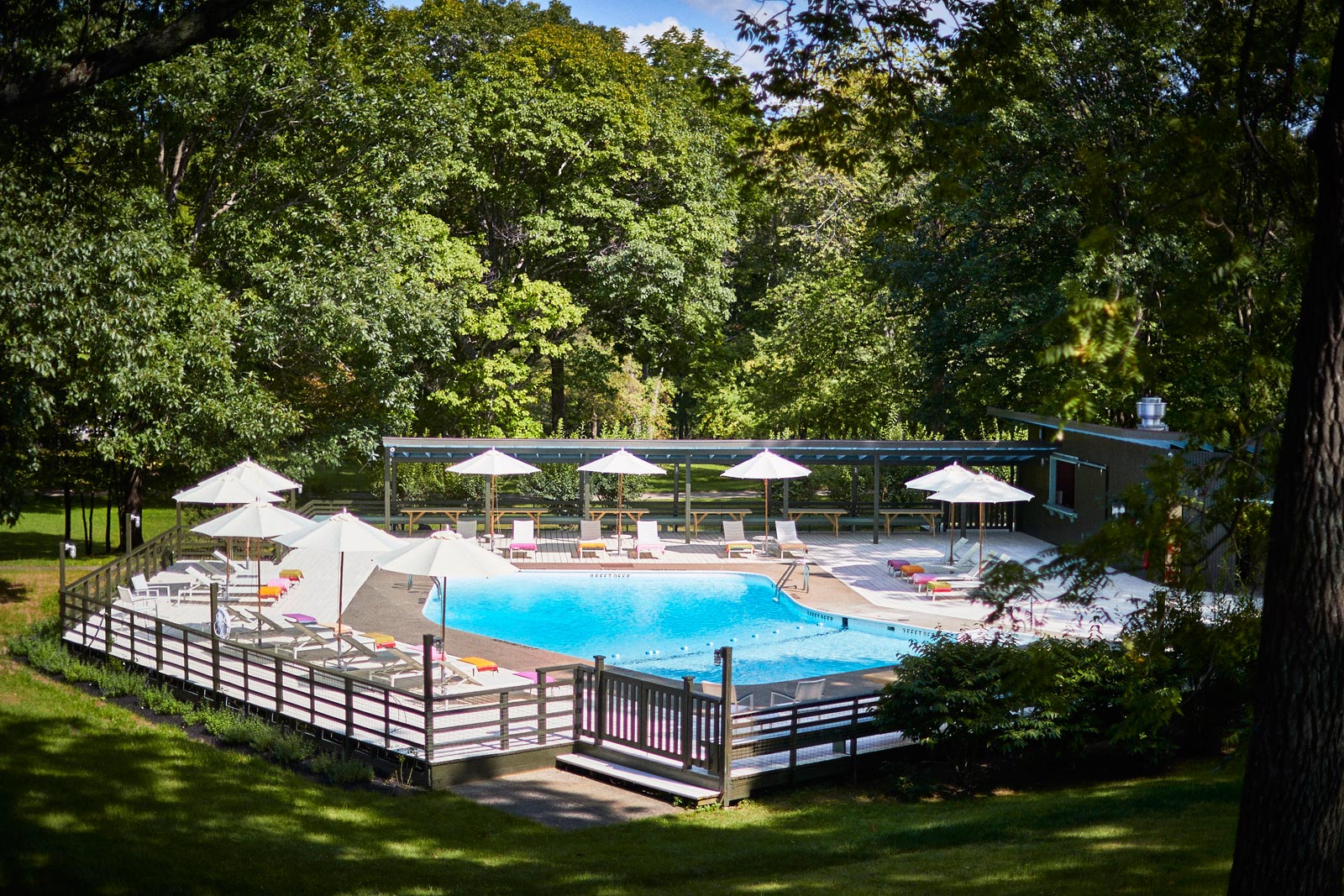
This idea of “upstate” has come to represent something for New Yorkers (though, this property is beyond suitable for anyone from anywhere, not just city folk looking for an escape). Troutbeck both aligns with and departs from this vision. “We’re working hard to serve as an aggregator and advocate of all that Dutchess and Litchfield counties have to offer,” Anthony says. “We’re placing an emphasis on partnerships. Whether that be with local arts organizations like the Wassaic Project and Pilobolus or city based organizations whose interests align with ours. The Classic Car Club of Manhattan, for example. Great driving up here, and, a stones throw from Lime Rock Race Track. Geographically, Troutbeck is something of a keystone to Litchfield and Dutchess Counties.

“It’s hard to travel North from NYC and not come within a stone’s throw of Troutbeck. So we see ourselves as something of a light house or gatehouse. From here everything is between 5 and 45 minutes away. We want to help you find what it is your looking for, not co-opt and replicate what our neighbor has done. Troutbeck isn’t a theme park, it’s a vibrant an essential part of Upstate, restored and revived for anyone with an appetite for all that this part of the world has to offer,” he says. From direct access to roughly 5,000 acres of wilderness to their pool and tennis courts, one can either depart from the grounds directly or simply stay put.

“Our number one task has been not to overplay the hand we’ve been dealt,” Anthony says. “Let it live again and be lived in again. Let it breathe, give it space, hint at it and see who bites. Some do, some don’t. Some people just come for dinner. Others pour over the library and want to know everything. We’re allowing people to gravitate to it, pay them a warm welcome, offer them great food, a wonderful bar, a roaring fire and plenty to do. If they’re curious, they’ll learn more. If they’re sociable, they’ll figure out how interesting the crowd is here. The history we make, we think, should we succeed, will finds its roots in that fodder,” he concludes. This mentality is as refreshing as the cocktails, as substantial as the dishes served at dinner.
Second image and family portrait by Michael Mundy, all other images by Paul Barbera





